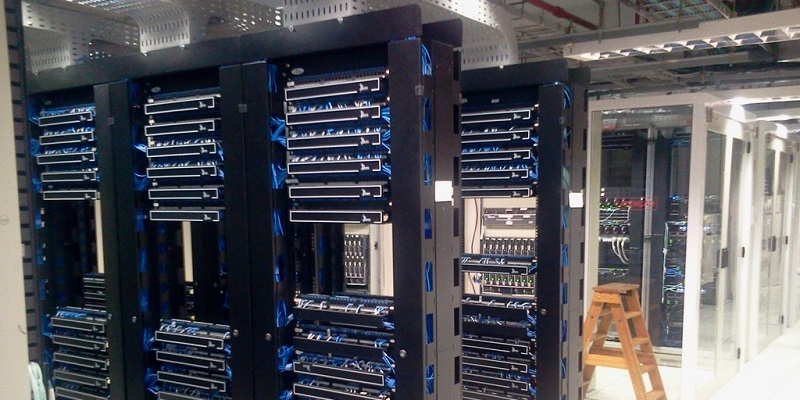Advanced Micro Devices (AMD), one of the world’s leading manufacturers of computer processors, recently issued an alert about a minor error in one of its older processor lines. The bug affects servers running AMD’s Epyc 7002 line, code-named Rome, which was released three years ago. In this article, we will delve deeper into the details of this issue and explore what it means for users of AMD’s Epyc 7002 line servers.
Description of the problem: The Epyc 7002 Line
AMD’s Epyc 7002 line is a high-performance server processor that was introduced in 2019. It is known for its reliability and processing power, making it a popular choice among companies that rely on intensive data processing. The Epyc 7002 line is one of the company’s most successful processor lines, having received critical acclaim for its performance and efficiency.
Bug Details: Servers Hanging After 1,044 Days of Uptime
According to a Reddit thread, there is an issue with the Epyc 7002 line where servers running Rome-era chips will hang after 1,044 days of uptime or nearly three years. The bug is in what is known as the C6 Sleep State — when a CPU goes into C6 beyond the 1,044-day mark, it gets stuck, and a reboot is required. This can be a significant problem for companies that require uninterrupted service for their operations.
It’s worth noting that there is no way to reset the server other than to reboot it. This means that if a server hangs after the 1,044-day mark, it can only be fixed by rebooting it. While this may not seem like a significant problem, it can be a hassle for companies that require uptime for their operations.
AMD Will Not Fix the Issue
AMD has confirmed that it will not fix the issue with the Epyc 7002 line. The company stated that the bug is minor and that it affects a small number of users. Instead of issuing a patch or update to fix the problem, AMD has recommended that users reboot their servers before the 1,044-day mark or disable the sleep state that causes the bug.
Bug in the C6 Sleep State
The C6 Sleep State is a power-saving mode that puts the CPU into a low-power state. It is designed to save energy and reduce the workload on the processor when it is not in use. The bug in the C6 Sleep State means that if the CPU goes into this state past the 1,044-day mark, it will get stuck and require a reboot.
CPU Getting Stuck Past 1,044-Day Mark
The reliability of the Epyc 7002 line is outstanding, with many users reporting uninterrupted uptime for over three years. The fact that this bug even surfaced is a testament to the CPU’s performance and reliability. However, if a CPU goes to the C6 Sleep State past the 1,044-day mark, it will get stuck, and a reboot is required.
Solutions: Reboot Before Three-Year Mark or Disable Sleep State Causing the Bug
As mentioned earlier, AMD has recommended two solutions to the problem. The first is to reboot the server before the three-year mark to avoid the bug altogether. The second is to disable the sleep state that causes the bug. Both solutions are relatively easy to implement and should not pose significant problems for most users.
The fact that AMD’s Epyc 7002 line has delivered remarkable performance with over three years of uninterrupted uptime is a testament to its reliability. While the bug issue is certainly a concern, it does not detract from the overall performance and efficiency of the processor line.
In conclusion, while the bug issue with AMD’s Epyc 7002 line is notable, it does not reflect any major concerns regarding the processor’s overall reliability and performance. Significant CPU bugs are rare, and this one certainly doesn’t qualify as a significant problem. Nevertheless, for those using the Epyc 7002 line, it’s important to be aware of the issue and take necessary precautions to ensure uninterrupted uptime.

